This is what returning to mindfulness looks like in real time: catching judgment as it forms, applying awareness to soften the reaction, then reaching for compassion to transform the judgment into seeking to understand.
In this video, I share a personal moment when disappointment with a loved one triggered my judgment and threatened to derail an important conversation. Instead of reacting from that charged place, I turned to two specific micro-practices from my mindfulness toolkit.
First, I used "Invite Your Feelings" to create space for my emotions of anger and disappointment rather than pushing them away. As Rumi reminds us, even difficult feelings "have been sent as a guide from beyond." This practice helped me acknowledge what I was feeling without getting overwhelmed by it, but awareness alone wasn't enough to shift my reactive state.
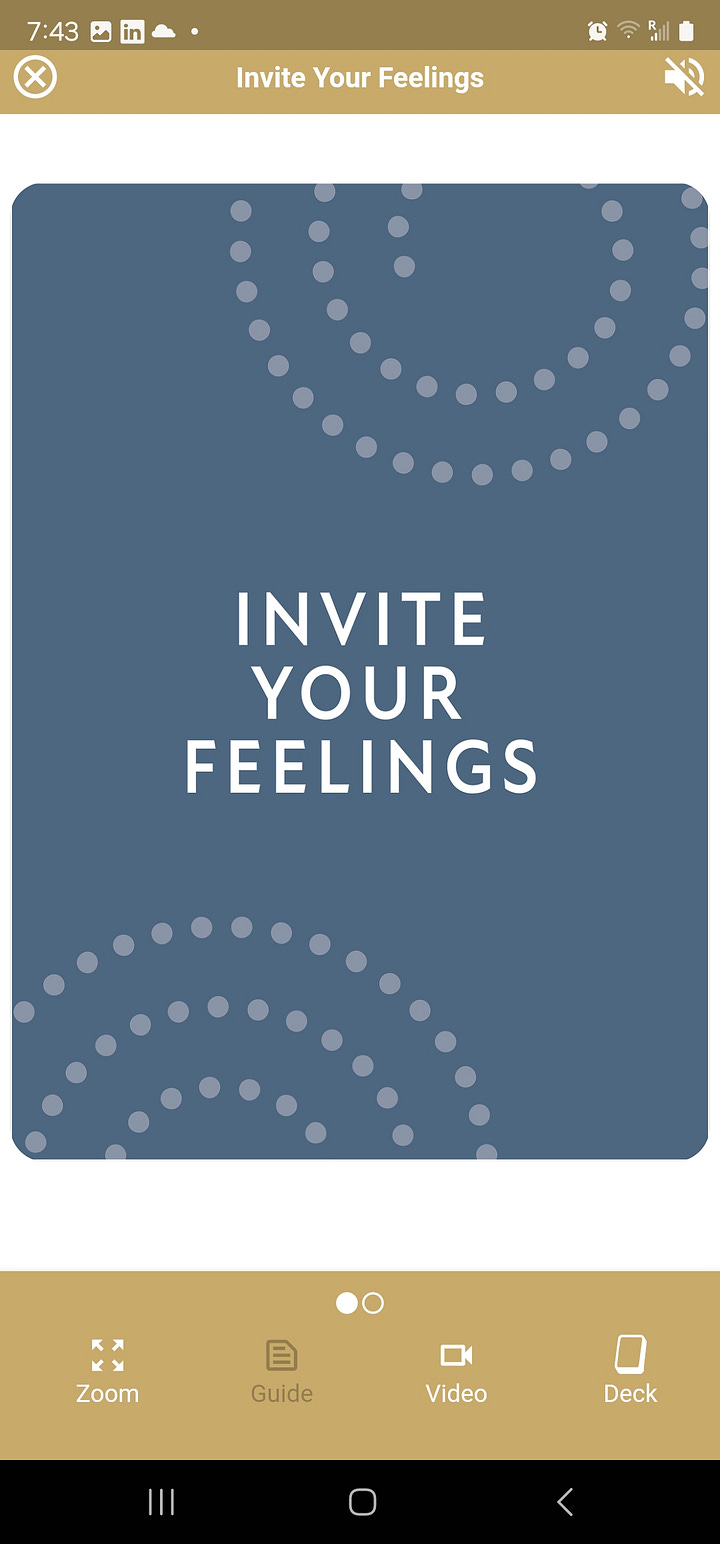
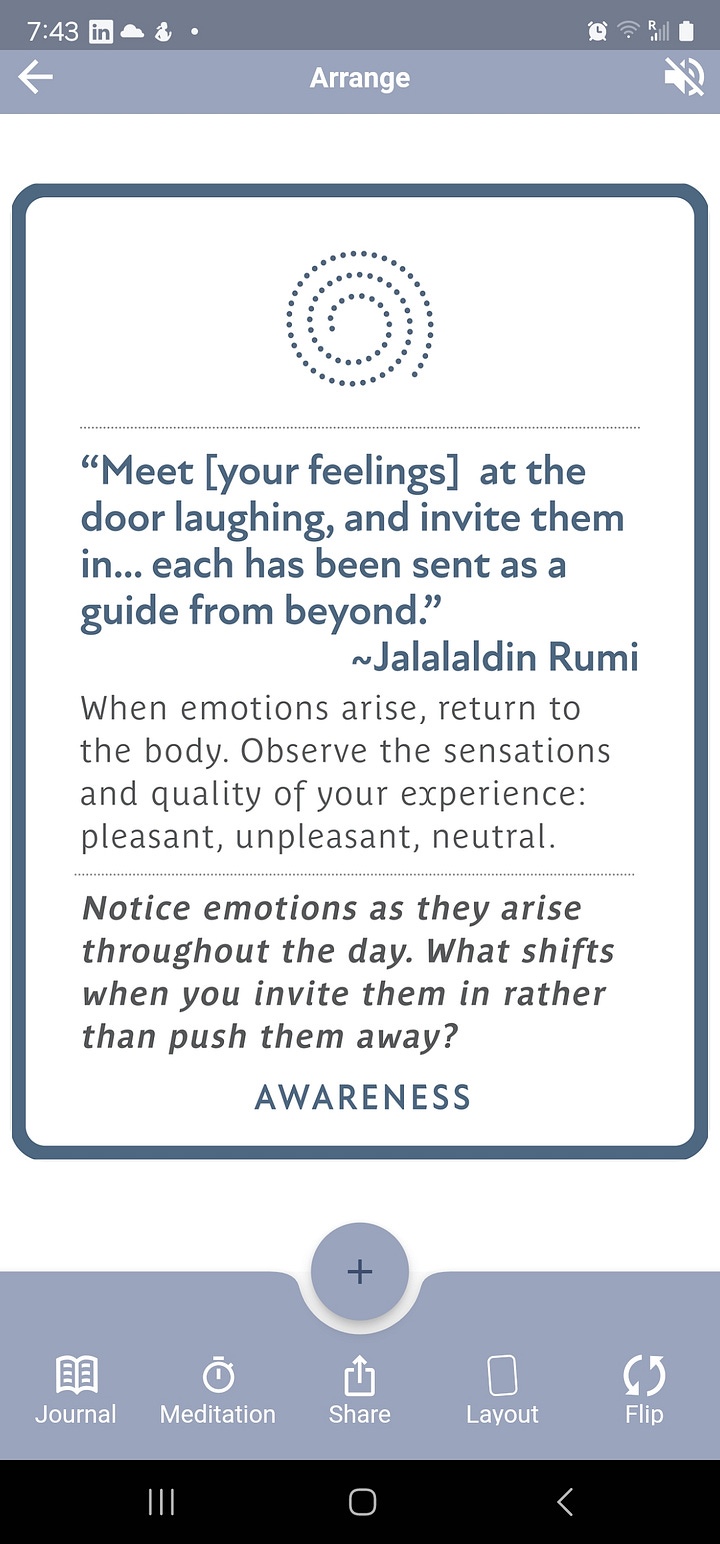
That's when I randomly pulled "Causes and Conditions" from my Deckible app—a practice designed to foster understanding rather than judgment. By exploring the possible factors contributing to both my reaction and my loved one's behavior, I was able to transform my disappointment into genuine curiosity about their perspective.
Watch as I demonstrate how these two practices work together: awareness to catch and soften our initial reactions, and compassion to complete the transformation from judgment to understanding. This is real-world mindfulness in action—not perfect, but practical tools that actually work when relationships and emotions are on the line.
The micro-practices featured are available on the Deckible app, and "Causes and Conditions" will be covered in next week's online class, From Overwhelm to Clarity, based on my book, Return to Mindfulness.
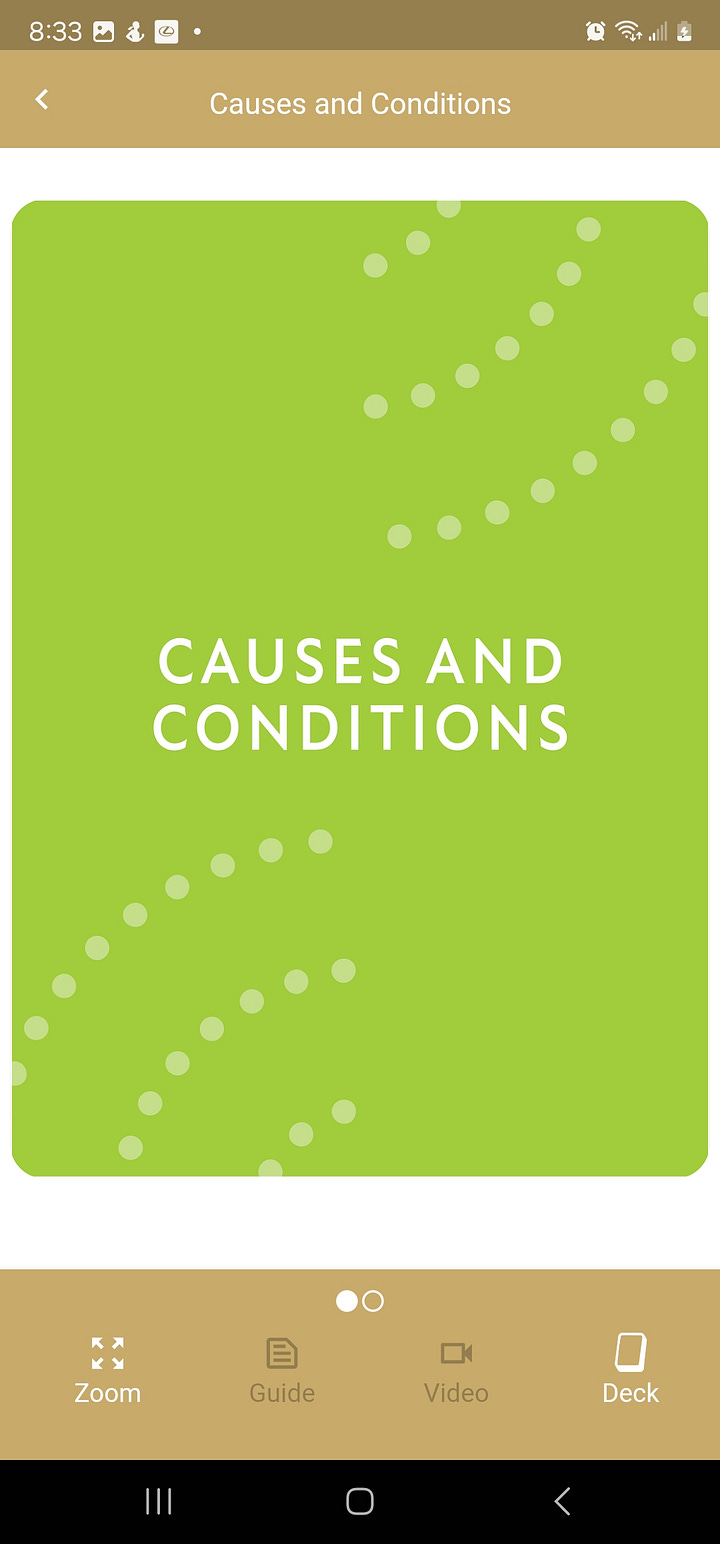
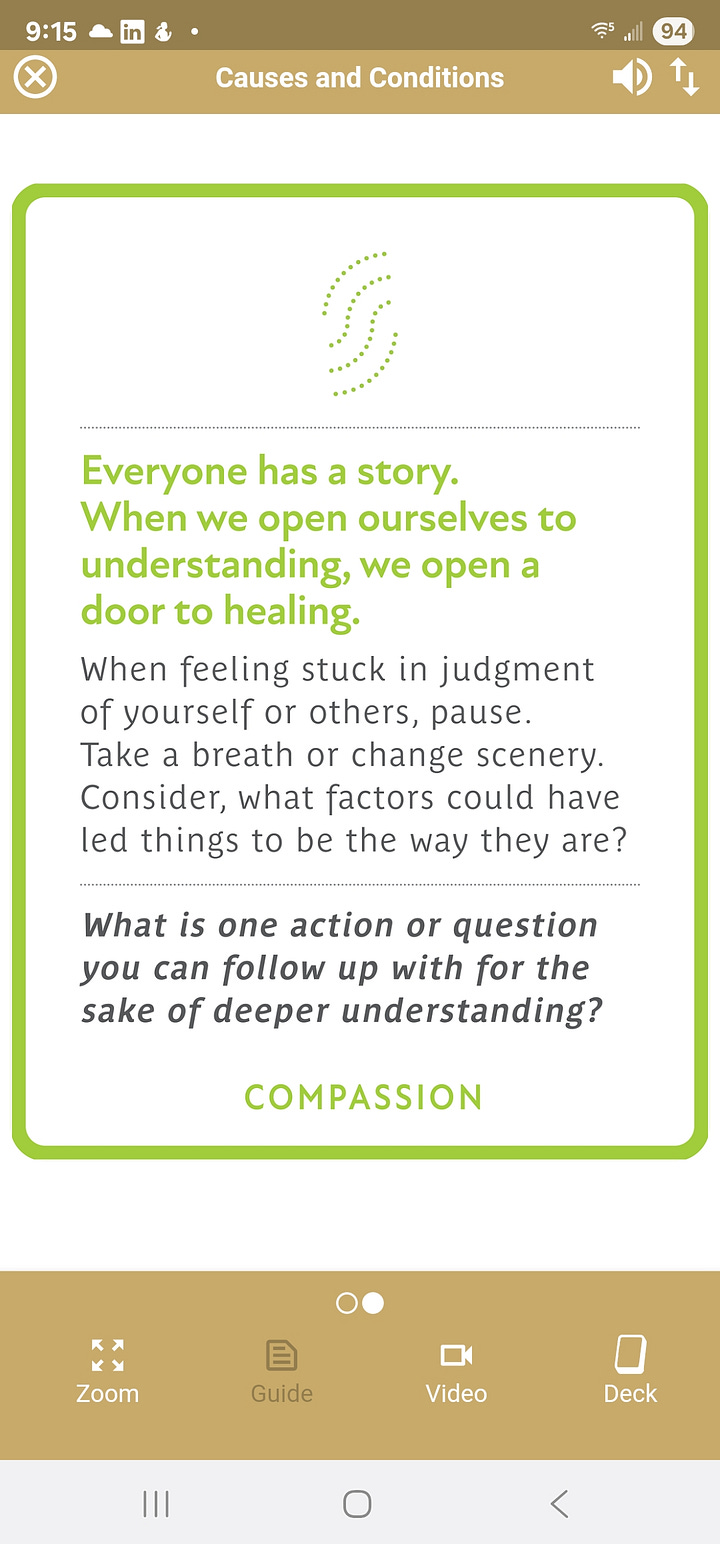


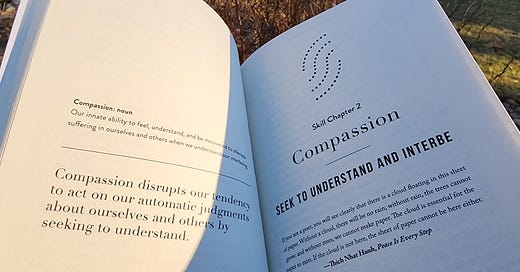










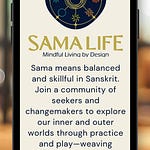
Share this post